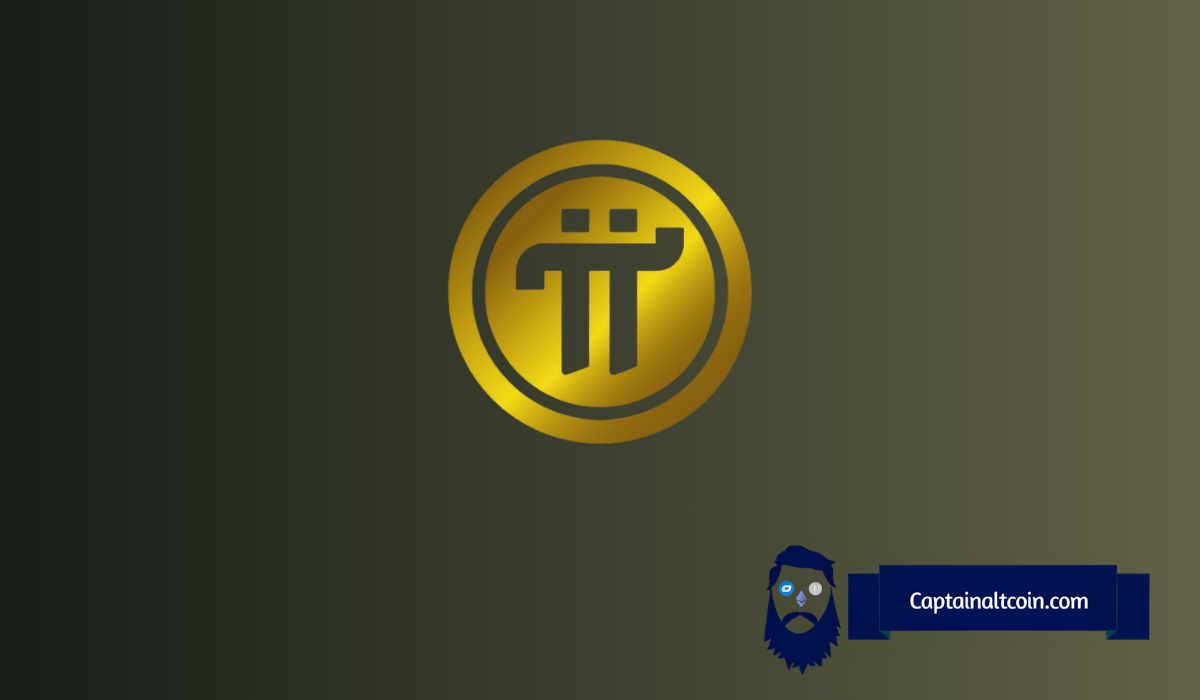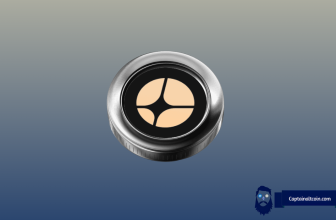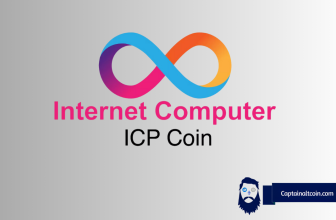
Something unusual sits inside Pi Network’s economic design. Most tokens rise and fall on one single value path, yet PI uses a structure that refuses to follow that tradition. The architecture looks intentional, almost like a blueprint built to solve problems that older blockchains never cracked.
Anyone scanning through how PI manages scarcity and liquidity can sense a different kind of engineering at work. The system creates two tracks of value inside one currency, and that twist is exactly what pulls so much attention toward PI.
A deeper look at this dual structure becomes clearer through a breakdown shared by Tư Mã Ý Page on X.
What you'll learn 👉
Decoding the Dual Value Setup Behind Pi Network
The Pi Network token runs on a mechanism explained by Kosasih and expanded through insights shared on Tư Mã Ý Page. The system attempts to balance two forces that usually clash.
Scarcity protects long term value. Liquidity creates freedom for movement, trading, and market growth. PI tries to hold both sides without collapsing either. The Dual Value System is the heart of that design.
The process begins when someone buys PI from an exchange, transfers it to the Pi Wallet, and locks it. The protocol scans each coin through an automated analysis layer. That scan reads its entire journey before assigning a category.
Exchange sourced PI and the rewards tied to its lockup move into the Non Contribution Balance. Mined PI and the rewards tied to that mining path move into the Contribution Balance. The Pi Network token becomes a two part asset inside the wallet. Each category holds a purpose, and each follows its own value logic.
Why Pi Network Is Poised to Make History – Decoding Pi’s Dual Value System
— Tư Mã Ý (@Dannaviet68) November 17, 2025
According to the model described by Kosasih, Pi Network is building an entirely new financial mechanism called the Dual Value System. This is one of the core reasons many believe Pi could become a… pic.twitter.com/IioaxgEeCf
Why These Two Balances Behave Differently
The Pi Network price path for the Non Contribution Balance mirrors the external market. Any move on exchanges, whether upward or downward, reflects directly inside that category. The system treats this part as external value.
The Contribution Balance follows the GCV . This category works like an internal anchor shaped by the ecosystem’s economic rules. The design creates steady value for contributors while still allowing PI to exist on exchanges. Tư Mã Ý Page points to this dual behavior as the mechanism that separates PI from typical cryptocurrencies.
Kosasih describes the architecture as something the blockchain world has never tried. The Pi Network token becomes a self-classifying asset. The system reads each coin through API based tracking, identifies where it has been, filters it with accuracy, and preserves its identity forever. That structure protects miners, prevents value distortion, and reduces the chance of external manipulation bleeding into the ecosystem.
Dr Nicolas Kokkalis emphasized this direction when he said the launch of PI will be historic. The Dual Value System supports that view. The model pushes PI toward a future where a single currency can behave like two types of economic instruments. The vision shared across Tư Mã Ý Page makes that possibility easier to understand.
What Users Will See When The Pi Wallet Updates
A future update places two sections inside every wallet. The Contribution Balance shows PI mined inside the ecosystem with no exchange history. The Non Contribution Balance shows PI that passed through exchanges before returning to the wallet. A simple transfer from a friend still carries its past. Any coin that touched an exchange stays classified as external.
Tokens such as Dorkay and PCT remain outside this mechanism. These assets do not influence how PI works inside the Dual Value System. Only PI follows this classification model because the structure depends on the Pi Network’s internal architecture.
Read Also: Why Altseason Still Hasn’t Started and When It Actually Will
The Dual Value System gives PI a chance to function as both a stable internal asset and a liquid market asset. The model rewards contributors while creating room for trading. Crypto has waited for a system that separates value by origin without breaking the currency into unrelated parts. PI stands at that intersection. The continued explanations shared by Tư Mã Ý Page offer a clearer picture of how this system could shape the future.
The story is still unfolding. Anyone tracking the PI price or watching the evolution of the Pi Network token can observe how these two value paths grow. A currency that remembers its own journey could shift how digital assets behave going forward.
Subscribe to our YouTube channel for daily crypto updates, market insights, and expert analysis.








